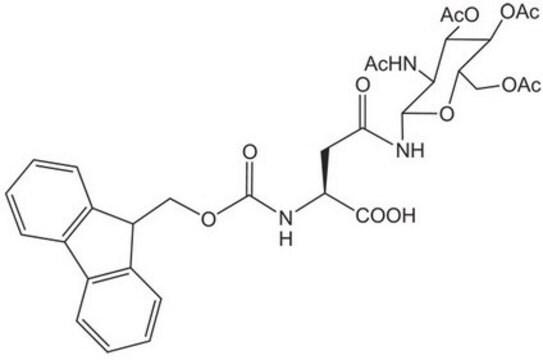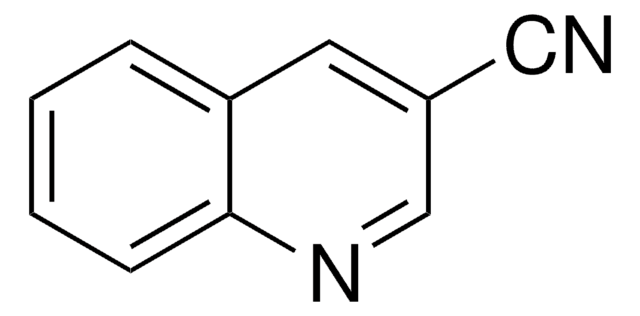1.00017
Acetonitrile
≥99.8% (GC), suitable for gas chromatography (GC), ECD and FID, SupraSolv®
Synonym(s):
ACN, Cyanomethane, Ethyl nitrile, Methyl cyanide
About This Item
Recommended Products
product name
Acetonitrile, for gas chromatography ECD and FID SupraSolv®
vapor density
1.41 (vs air)
Quality Level
vapor pressure
72.8 mmHg ( 20 °C)
97 hPa ( 20 °C)
product line
SupraSolv®
Assay
≥99.8% (GC)
form
liquid
autoignition temp.
524 °C
973 °F
expl. lim.
16 %
technique(s)
gas chromatography (GC): suitable
refractive index
n20/D 1.344 (lit.)
bp
81-82 °C (lit.)
mp
−45 °C (lit.)
transition temp
flash point 2 °C
density
0.786 g/mL at 25 °C (lit.)
format
neat
storage temp.
2-30°C
SMILES string
CC#N
InChI
1S/C2H3N/c1-2-3/h1H3
InChI key
WEVYAHXRMPXWCK-UHFFFAOYSA-N
Looking for similar products? Visit Product Comparison Guide
Related Categories
General description
Application
- Modified QuEChERS method combined with ultra-performance liquid chromatography-tandem mass spectrometry: This research utilizes acetonitrile′s excellent solvent properties for the detection of cyclopiazonic acid in feeds. The method enhances the efficiency and accuracy of chemical analyses in food safety, demonstrating acetonitrile′s pivotal role in ensuring the quality of agricultural products (Peng et al., 2024).
- Liquid Chromatographic Enantioseparation of Newly Synthesized Fluorinated Tryptophan Analogs: Highlighting its use in pharmaceutical research, acetonitrile is employed in the chromatographic enantioseparation of complex amino acids, essential for drug development and molecular pharmacology studies (Tanács et al., 2024).
- Synthesis and Application of 1,8-Naphthalimide Derivatives Fluorescent Probe: Acetonitrile′s versatility is showcased in the synthesis of fluorescent probes for environmental monitoring. Its application in detecting and measuring environmental pollutants highlights its significant impact on ecological research and safety (Negi et al., 2024).
Other Notes
Legal Information
related product
Signal Word
Danger
Hazard Statements
Precautionary Statements
Hazard Classifications
Acute Tox. 4 Dermal - Acute Tox. 4 Inhalation - Acute Tox. 4 Oral - Eye Irrit. 2 - Flam. Liq. 2
Storage Class Code
3 - Flammable liquids
WGK
WGK 2
Flash Point(F)
35.6 °F - closed cup
Flash Point(C)
2.0 °C - closed cup
Certificates of Analysis (COA)
Search for Certificates of Analysis (COA) by entering the products Lot/Batch Number. Lot and Batch Numbers can be found on a product’s label following the words ‘Lot’ or ‘Batch’.
Already Own This Product?
Find documentation for the products that you have recently purchased in the Document Library.
Related Content
Gas chromatography separates volatile compounds in the gas phase, applied in various industries for quality control.
Gas chromatography separates volatile compounds in the gas phase, applied in various industries for quality control.
Gas chromatography is a common analytic technique used to separate and analyze volatile compounds in the gas phase. GC is applied in many industries for quality control, and to identify and/or quantify compounds in a mixture.
Gas chromatography separates volatile compounds in the gas phase, applied in various industries for quality control.
Our team of scientists has experience in all areas of research including Life Science, Material Science, Chemical Synthesis, Chromatography, Analytical and many others.
Contact Technical Service





